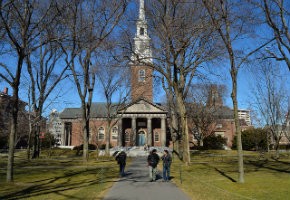Soul experiments

A few weeks ago Harvard University celebrated the installation of Jonathan Walton as the new Pusey Minister in its Memorial Church. University president Drew Gilpin Faust reminded the minister and the congregation of their sacred responsibilities, while Charles Adams, who recently retired as professor of ethics and ministry, urged us to live up to the greatest possibilities of our humanity and our life in Christ. Walton spoke of his gratitude toward and reliance upon those who had gone before him, from his enslaved ancestors to his teachers to the war dead whose names are inscribed on the walls of his new church.
The church was packed with students, staff, faculty and alums. But there are no doubt others who puzzle over the presence of an active, worshiping church in the middle of a research university. What are university churches for? Are they nostalgic relics of a nearly forgotten religious past? Ceremonial settings for the rites of academic communities? Anomalies that sit uneasily in relation to the university’s dedication to research and experimentation?
I have a soft spot for university churches because I learned to be a minister in one. Under the guidance of a chapel dean with a brilliant mind and a generous spirit, I learned that a church is one of the most porous places within a university, a place where the world can enter, pose its questions and share its own challenging knowledge. I learned that in a church it is possible for faculty, staff and students to encounter each other in ways not governed by distinctions between age and rank and profession. I learned that churches within universities can become meeting places for religious people of all kinds.




